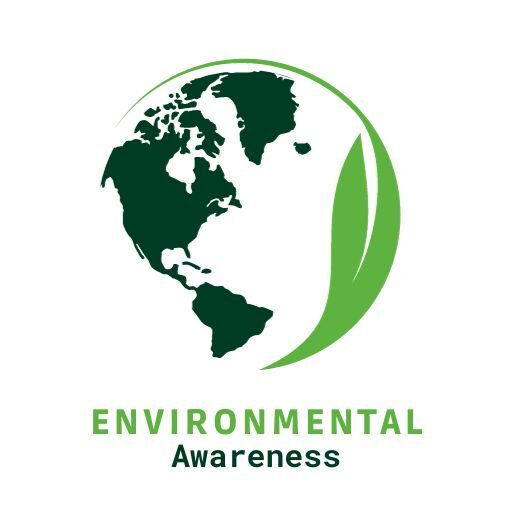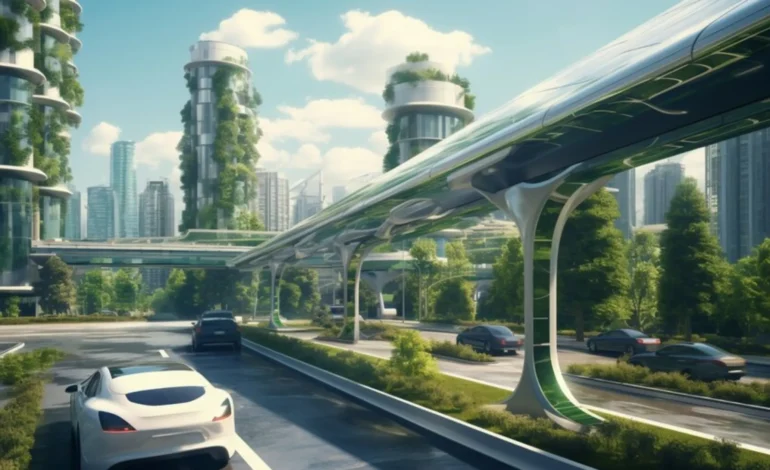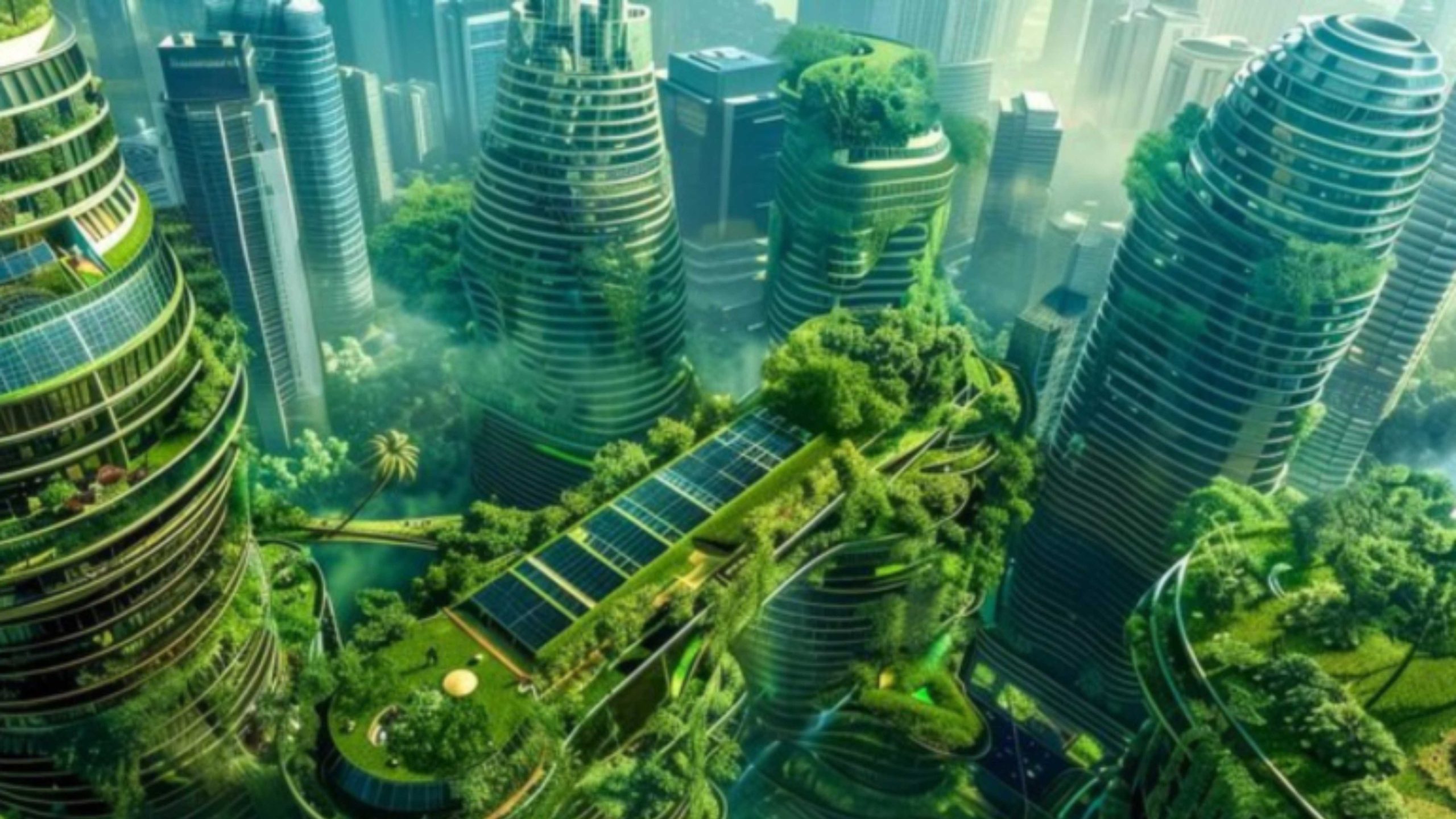
Bioplastics and Sustainable Packaging: Alternatives to Single-Use Plastics
The environmental crisis caused by single-use plastics has reached a tipping point. Landfills overflow with discarded plastic, oceans are increasingly choked with debris, and wildlife is suffering. The shift towards sustainable packaging and alternatives to single-use plastics is no longer a choice but a necessity. Bioplastics are emerging as a viable solution in this global movement, promising to reduce environmental impact and pave the way for a more sustainable future.
Understanding the Problem: The Impact of Single-Use Plastics
Single-use plastics are now commonplace in contemporary society. These products, which range from water bottles to food packing and shopping bags, are useful yet pricey. Plastics are environmentally harmful due to their durability, which also makes them extremely useful. Plastic can take hundreds of years to degrade, and even then, it breaks into tiny plastic particles that pollute ecosystems instead of completely disintegrating.
The problem’s scope is astounding. The World Economic Forum estimates that if current trends continue, there may be more plastic in the oceans by weight by 2050 than fish. Because microplastics get into the food chain, this pollution has an impact on human health in addition to marine life.
In response, governments, corporations, and consumers are seeking alternatives to single-use plastics. Among the most promising options are bioplastics and other forms of sustainable packaging.
What Are Bioplastics?
A form of plastic called bioplastic is made from biologically renewable resources like algae, sugarcane, and corn starch. The goal of bioplastics is to be more environmentally friendly than standard plastics, which are derived from fossil fuels. Two primary categories of bioplastics exist:
- Biodegradable bioplastics: These are made to decompose more quickly in the right environmental circumstances. They break down into organic materials like biomass, carbon dioxide, and water.
- Bio-based bioplastics: These are derived from renewable materials, albeit they might not decompose naturally. They can have a lower carbon footprint than traditional plastics while offering the same functionality and durability. They can even be chemically identical.
The Benefits of Bioplastics
Bioplastics offer several advantages over traditional plastics, making them a key component of sustainable packaging:
- Less Carbon Footprint: Compared to traditional plastics, the manufacture of bioplastics produces fewer greenhouse gas emissions because they are made from renewable resources. In the battle against climate change, this is vital.
- Less Dependency on Non-Renewable Fossil Fuels: Bioplastics contribute to a reduction in global dependency on non-renewable fossil fuels. Bioplastics present a more reliable and sustainable option as oil sources are depleting and prices are volatile.
- Biodegradability: Certain bioplastics are made to decompose organically, which lessens the load on landfills and the possibility of pollution. It’s important to remember, though, that biodegradability frequently needs particular circumstances, such as industrial composting facilities.
- Innovative Applications: Bioplastics are utilized in a variety of items, including textiles, medical equipment, and disposable cutlery in addition to packaging materials. This adaptability enables innovative solutions across a range of sectors.
The Role of Sustainable Packaging
Packaging that is sustainable extends beyond bioplastics. It includes a comprehensive strategy for reducing environmental effects over the course of a product’s life cycle. This covers the selection of materials, the packaging’s layout, and the recycling or disposal process. Several tactics are employed in sustainable packaging, including:
- Material Reduction: Using less material is one of the easiest methods to lessen the impact of packing on the environment. This can be accomplished by lightweight, which involves reducing the size or thickness of packaging without sacrificing its ability to protect.
- Reusable and Recyclable Packaging: Packaging that is made to be recycled or reused helps save waste in a big way. Glass bottles, for instance, can be cleaned and used again, while cardboard boxes can be recycled to make new products.
- Compostable Packaging: Compostable packaging, like biodegradable bioplastics, is intended to decompose into natural materials under particular circumstances. In the food business, this kind of packaging is very helpful as it can cut down on both packaging and food waste.
- Innovative Materials: As an alternative to single-use plastics, new materials are being explored, such as packaging made of mushrooms, plastics generated from algae, and even edible packaging. These materials can offer special qualities like compostability or biodegradability, and they frequently leave less of an environmental impact.
- Easy Disassembly Packaging: Packaging that is easy to disassemble can make recycling easier. Manufacturers can increase the packaging’s capacity to be recycled by making sure that various materials can be readily separated.
Challenges in Adopting Bioplastics and Sustainable Packaging
Although sustainable packaging and bioplastics present encouraging substitutes for single-use plastics, a number of obstacles still need to be addressed:
- Cost: Producing bioplastics is frequently more expensive than producing traditional plastics. It is possible to pass this expense through to customers, reducing the accessibility of sustainable products. However, price reductions are anticipated as production increases and technology progresses.
- Infrastructure: Compostable packaging and the processing of bioplastics are still in the early stages of development. For instance, a lot of areas lack the commercial composting facilities required to effectively decompose packaging that can be composted. Bioplastics may not break down as intended in landfills if the proper facilities aren’t in place.
- Consumer Awareness: The general public continues to be ignorant of the nature of bioplastics and proper disposal techniques. To guarantee that hazardous materials are disposed of properly, clear labeling and instructions are crucial.
- Agriculture’s Effect on the Environment: Although bioplastics lessen reliance on fossil fuels, their production calls for agricultural resources. Competition for land and water may result from this, which may have an effect on biodiversity and food security. Utilizing non-food crops and sustainable farming methods can help allay these worries.
- Performance Limitations: In terms of strength, durability, and heat resistance, bioplastics might not always perform as well as traditional plastics. This may restrict its use in some applications, including product packaging that is subjected to high temperatures.
The Future of Bioplastics and Sustainable Packaging
The future of bioplastics and environmentally friendly packaging is promising despite these obstacles. To enhance the functionality, cost-effectiveness, and ecological footprint of these materials, both corporations and governments are funding research and development. For instance, the European Union has set high goals to boost the use of sustainable packaging and decrease plastic waste.
There is a growing consumer demand for more environmentally friendly solutions. More consumers are looking for items with environmentally friendly packaging as knowledge of the negative effects of single-use plastics on the environment develops. Brands are being encouraged to innovate and implement more sustainable practices by this shift in consumer behavior.
In addition to bioplastics, other alternatives to single-use plastics are gaining traction. These include:
- Paper-Based Packaging: Paper is a widely recycled renewable resource. Paper-based packaging is becoming more and more commonplace, taking the place of plastic in a variety of packaging applications such as shipping boxes and food wrappers.
- Reusable Packaging methods: Businesses are investigating methods that allow consumers to return containers for washing and subsequent usage. By using this strategy, waste and the need for single-use packaging can be greatly decreased.
- Innovative Recycling Technologies: To manage complicated plastic waste, such as mixed materials and multi-layer packaging, new recycling technologies are being developed. For example, chemical recycling can disassemble plastics into their constituent parts so they can be used again.
- Law and Policy: To minimize plastic waste, governments worldwide are putting laws into place. Examples of these include prohibitions on single-use plastics, rewards for eco-friendly packaging, and assistance with infrastructure for recycling. The adoption of materials other than single-use plastics is greatly aided by these policies.
Conclusion: A Collective Effort Towards Sustainability
It’s a difficult but vital path to switch from single-use plastics to bioplastics and sustainable packaging. Collaboration between governments, businesses, and consumers is necessary. The potential advantages for the economy, public health, and environment are enormous, even though there are still difficulties.
Adopting sustainable packaging and bioplastics can help us cut down on waste, become less dependent on fossil fuels, and build a more sustainable future. Success, though, hinges on sustained innovation, infrastructure spending, and a shared resolve to adapt. When we work together, we can have a big impact on the environment and work toward a time when plastic pollution is no longer an issue.





